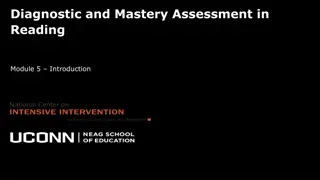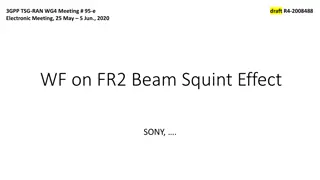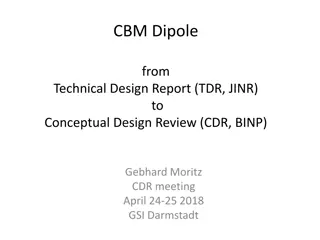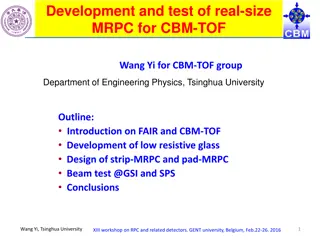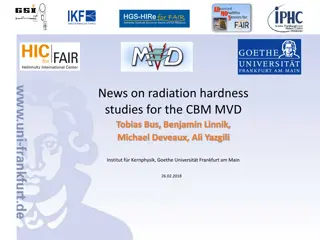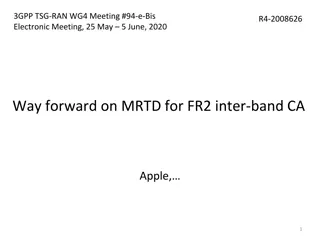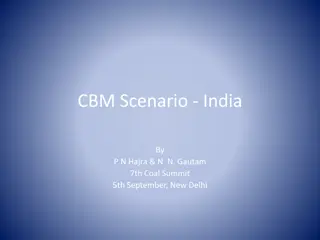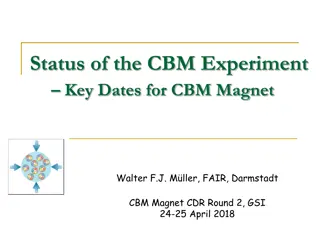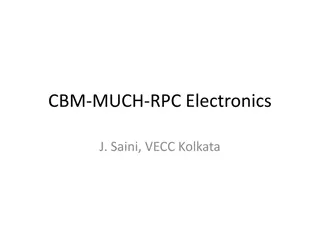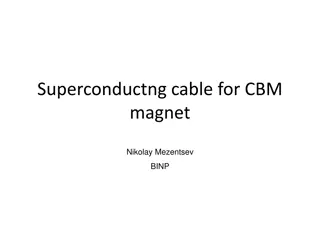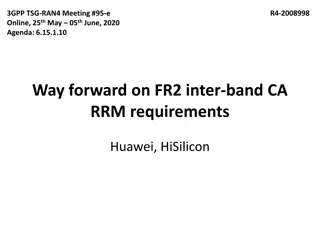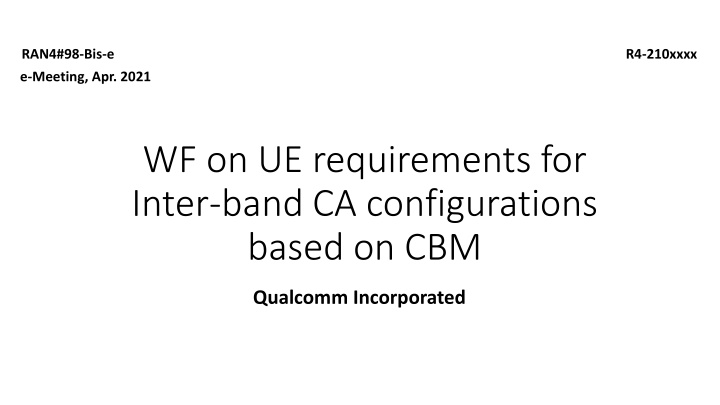
UE Requirements for Inter-band CA Configurations Based on CBM - RAN4#98-Bis-e.e Meeting
"Explore the applicability of UE requirements for Inter-band Carrier Aggregation (CA) configurations based on CBM discussed at the RAN4#98-Bis-e.e Meeting in April 2021. Delve into topics like UE implementation flexibility, RF requirements, CBM techniques, REFSENS requirement options, EIS spherical coverage, and the necessity of Fs_inter capability. Join the discussion on ensuring optimal performance and compatibility for CBM User Equipments (UEs)."
Download Presentation

Please find below an Image/Link to download the presentation.
The content on the website is provided AS IS for your information and personal use only. It may not be sold, licensed, or shared on other websites without obtaining consent from the author. If you encounter any issues during the download, it is possible that the publisher has removed the file from their server.
You are allowed to download the files provided on this website for personal or commercial use, subject to the condition that they are used lawfully. All files are the property of their respective owners.
The content on the website is provided AS IS for your information and personal use only. It may not be sold, licensed, or shared on other websites without obtaining consent from the author.
E N D
Presentation Transcript
RAN4#98-Bis-e e-Meeting, Apr. 2021 R4-210xxxx WF on UE requirements for Inter-band CA configurations based on CBM Qualcomm Incorporated
Applicability of requirements for CBM UEs (Comments for discussion, to be removed later) 1. UE implementation shall not be limited to single-chain assumption. UE baseline architecture assumption for deriving requirements shall include both, single-chain and multi-chain implementations. No consensus to preclude multi-chain implementation 2. UE RF requirements shall be implementation-agnostic 3. Requirements apply in both conditions: a. Beam management reference signal in tested band b. Beam management reference signal in non-tested other band UE BMRS is limited to one band, so other band must be aimed blind BMRS side condition is like that of IBM, but with BMRS present only in one band in CBM rather than both bands in IBM 4. CBM technique shall not be restricted to certain band pairs Some companies have pointed out that CBM capability can be a benefit to the network Many companies opposed this type of restriction in RAN4#98
REFSENS requirement (Comments for discussion, to be removed later) Option 1: REFSENS relaxation structure of intra-band non-contiguous CA is applied to inter-band CA within same freq group and same REFSENS relaxation is applied to both bands of a band combination within same freq group. Option 2: REFSENS relaxation structure is based on IBM interband CA Agreement: [Option 2] Option 1 only treats band pairs within same frequency group, what about other band pairs? Can band pairs from different groups be precluded? Option 1 forces REFSENS for both bands to share the same direction This characteristic is not shared with multi-chain implementation
EIS spherical coverage requirement (Comments for discussion, to be removed later) Option 1: EIS spherical coverage requirements is not specified for CBM UE. Option 2: EIS spherical coverage requirements is specified for CBM UE Agreement: [Option 2] Is Option 1 reasonable to apply for multi-chain UEs? Multi-chain UEs cannot guarantee similar coverage in both bands by design
Whether Fs_inter capability is needed (Comments for discussion, to be removed later) Agreement: [?] if Fs_inter_CBM is introduced for CBM within same frequency group, how to handle Fs_inter_CBM for CBM across different frequency group? for UEs with only 1 receiving chain to support one frequency group, Fs_inter is very important for such UEs to support inter-band CA in the same frequency group If the requirements at maximum frequency separation for each band combination would be defined, it does not seem to be necessary to introduce such capability
PSD condition for EIS tests (Comments for discussion, to be removed later) Applies to REFSENS as well as spherical coverage EIS Equal PSD shall be starting condition for all DL CCs in test UEs with single Rx chain are tested with equal PSD in intra-band CA test case Alt 1: PSD of CC in band not being tested may be increased if it has worse sensitivity in tested AoA PSD adjusted to maintain 100% throughput in band not being tested for sensitivity Different bands have different spatial gain and NF characteristics, so test PSD must be adjusted. Criterion assumed to be 100% tput condition Alt 2: PSD is maintained equal Min. throughput expectation in band not being tested for sensitivity is set to 100-X% X is FFS
References Title Email discussion summary for [98-bis-e][130] NR_RF_FR2_req_enh2_Part_1 Requirement framework for Inter-band CA with CBM Applicability of CBM/IBM for different CA configurations Discussion on CBM&IBM for FR2 Inter-band DL CA Discussion on FR2 inter-band DL CA with CBM and IBM Discussion on RF requirements for inter-band DL CA based on CBM and IBM UE RF CBM requirements for CA configurations within same frequency group Discussion on EIS spherical coverage and Fs,inter for CBM Introduce Fs_inter_CBM as UE capability for inter-band DL CA based on CBM UE requirements for CA based on CBM Rx requirements for inter-band DL CA within the same frequency groups based on CBM R17 FR2 Inter-band DL CA within same frequency group based on CBM inter-band CA DL CA with CBM T-doc number R4-2105203 Company Moderator (Nokia) Qualcomm Incorporated Xiaomi ZTE Corporation Google Inc. LG Electronics Polska R4-2104491 R4-2105095 R4-2106364 R4-2107108 R4-2106287 Nokia, Nokia Shanghai Bell R4-2104401 vivo MediaTek Beijing Inc. R4-2104524 R4-2104562 Sony, Ericsson Xiaomi R4-2104699 R4-2105097 OPPO Huawei, HiSilicon R4-2106564 R4-2107262

